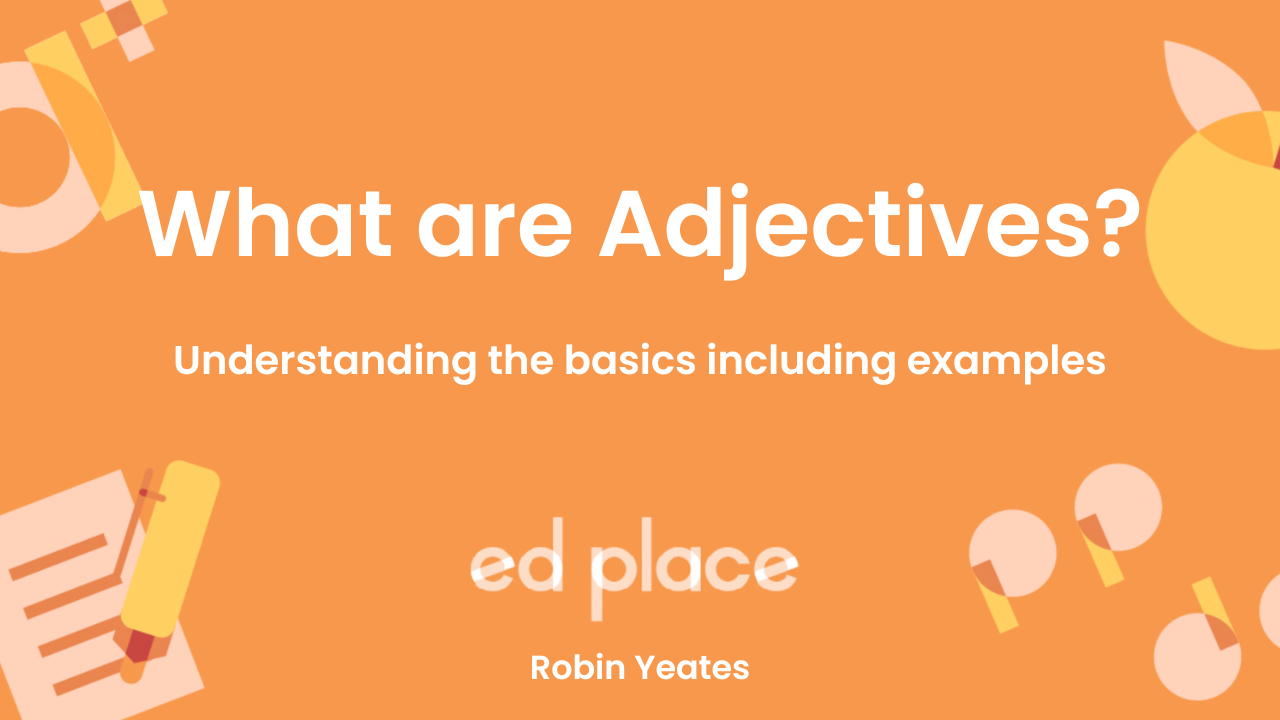What is the subjunctive form?
The subjunctive form is used to create sentences used in formal language or unreal situations.
Practice your grammar with 10 FREE online worksheets
The subjunctive form explained
There are two principle reasons why you might use a subjunctive form;
-
To show urgency and/or importance, for example when advising, asking, commanding, demanding, insisting, proposing, recommending or requesting information.
-
To express desires, hopes and wishes or dreams about the future.
The subjunctive form to show when something is urgent or important
Here is a table to help explain the formal use of the subjunctive form:
|
Noun/Pronoun |
Verb (can change for tense, etc) show importance |
That |
Noun/Pronoun |
Infinitive verb (must always be in root form to make it grammatically correct) |
|
I |
insist |
that |
she |
write |
|
She |
asks |
that |
he |
join |
|
We |
urge |
that |
you |
reconsider |
|
James |
requested |
that |
Mr Taylor |
be |
|
Mrs Smith |
insists |
that |
the team |
attend |
|
The Committee |
recommended |
that |
Sam |
resign |
As you can see, each sentence starts off simply;
I insist that she…
She asks that he…
We urge that you…
The final column, however, outlines the difference when using the subjunctive form. You may have noticed that each of the verbs in this column are in their root form (the basic form that you might look up in the dictionary). We do not use any change in tense or plural versions of the verb in this instance. This is what makes the sentence both formal and grammatically correct.
I insist that she write to her local MP.
She asks that he join the committee.
We urge that you reconsider your decision.
James requested that Mr Taylor be in attendance throughout the hearing.
Mrs Smith insists that the team attend the training session.
The committee recommend that Sam resign from his post.
You may be tempted to alter the infinitive verb perhaps changing the sentence to something like ‘I insist that she writes to her local MP’, but don't! this would be incorrect when using the subjunctive form.
One verb that may be tricky to remember is the verb to be. This is an unusual verb in that it has many different forms; am, is, are, was, were, been and being. In the subjunctive form it will always remain as be;
James requested that Mr Taylor be in attendance throughout the hearing.
The subjunctive form to express desires and wishes or dreams about the future
Here is a table to help explain the future use of the subjunctive form:
|
If |
Noun/Pronoun |
Were |
Wish/dream/hope/desire |
|
If |
I |
were |
a premier league footballer |
|
If |
she |
were |
a magic princess |
|
If |
Mr Smith |
were |
able to fly |
This rule is much simpler. If you're asking for something in the future - which you hope or wish for - because it’s a dream you use were rather than was.
Subjunctive form examples
The subjunctive form is not usually introduced until Year 5 or Year 6. You may be given a question or two based upon the rule in the Year 6 spelling, grammar and punctuation (SATs) test.
Here is an example of a previous test question;
Complete the sentence below so that it uses the subjunctive form.
If I ___________ to have one wish, it would be for good health.
Here are some further examples of questions related to the subjunctive form;
I wish he ________ better at football.
Mr Jones recommended that you __________ for the school council.
I wish that I ___________ able to fly.
The headmaster suggested that I ___________ from my job.
It is important that Sarah ____________ her medicine every day.
If he _________ a magician, he could make us invisible.
Understanding the subjunctive form
There are lots of ways to help your child, although as the subjunctive form is used for formal language or futuristic desires, it’s not often used in our everyday language. The more your child reads and the more challenging the book, the more they will come across the subjunctive form. Alternatively, it may be worth writing out a few sentences with blanks to fill in, not unlike the ones above. You could discuss the rule each time to gently remind them. It’s important that they don’t just learn to use the subjunctive form out of context, but within context too.
You could also point it out examples in your life perhaps when you come across the subjunctive form. Perhaps when reading the news, filling in forms or discussing dreams or desires?
Worksheets and Practice
The subjunctive form is a grammar rule to be aware of and it may feature in the Year 6 SPAG test. EdPlace are here to help and support you and your child with their learning. We have plenty of great worksheets that will really help hone grammar skills - try up to 10 for FREE.
Further Information
If you want to get to grips with the subjunctive form and help to support your child, we have listed below a selection of excellent websites containing information, games and ideas to help you to help your child.
The subjunctive form games:
https://www.englishclub.com/grammar/subjunctive-quiz.htm
https://www.bbc.com/bitesize/topics/z88t97h
.png)
AUTHOR, MS. ALISON – PRIMARY ENGLISH TEACHER.


.png)
.png)
.png)




